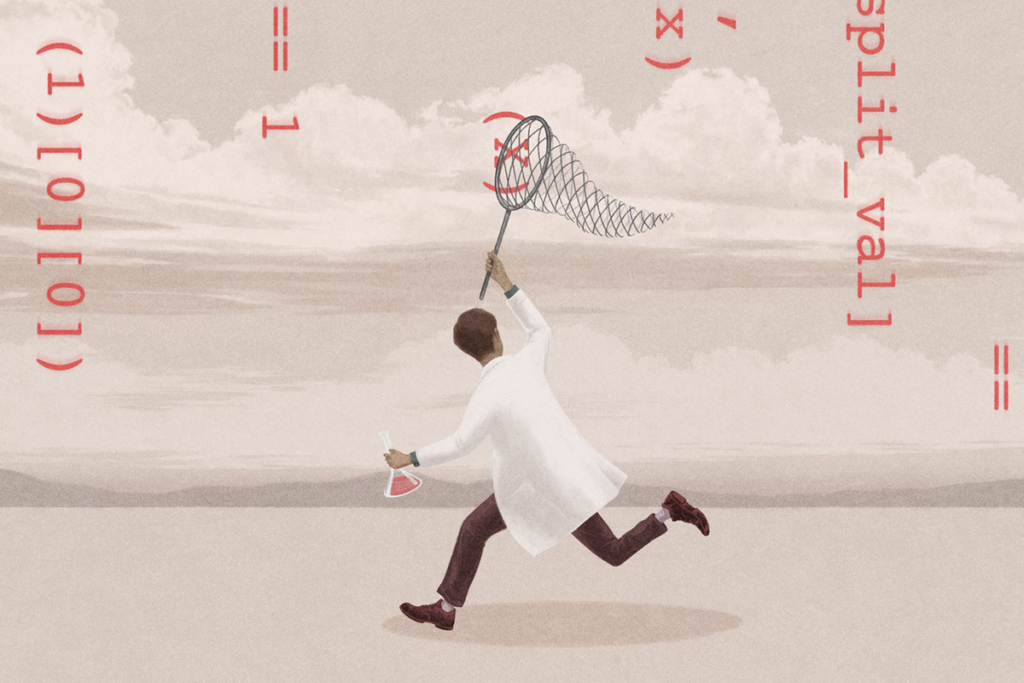Clinical research: Autism, SLI are distinct on brain scans
Individuals with autism and those with specific language impairment have similar language deficits, but show differences in connectivity between language-related regions on structural brain scans, according to a study published 2 November in Cerebral Cortex.
-
Speak easy: Connectivity between two language-related areas is abnormal in individuals with specific language impairment, but not in those with autism.
Individuals with autism and those with specific language impairment (SLI) have similar language deficits, but show differences in connectivity between language-related regions on structural brain scans, according to a study published 2 November in Cerebral Cortex1.
Individuals with autism and those with SLI both have difficulties with language, including delay in speaking the fist word, lower scores on language-related tests and impairments that interfere with daily life. However, SLI is by definition unaccompanied by any other features, such as intellectual disability or autism.
Still, diagnosing young children with autism can be difficult, making it easy to confuse the two disorders.
In the new study, researchers looked at the language ability and brain activity of 19 adolescents with autism and 21 age-matched controls, as well as 13 children with SLI and 12 age-matched controls.
Children with autism and those with SLI both show deficits in speaking and in understanding language, the study found. However, teenagers with autism have slightly more severe language deficits than those with SLI.
Only children with SLI have structural alterations in language-associated brain regions compared with controls, the researchers found. These children have reduced connectivity, as measured by the flow of water through the brain, in the superior longitudinal fasciculus — a brain tract that connects Broca’s area and Wernicke’s area, two critical language regions.
The results suggest that the neurobiology of SLI is distinct from that underlying the language deficit in autism, the researchers say.
References:
1: Verhoeven J.S. et al. Cereb. Cortex Epub ahead of print (2011) PubMed
Recommended reading
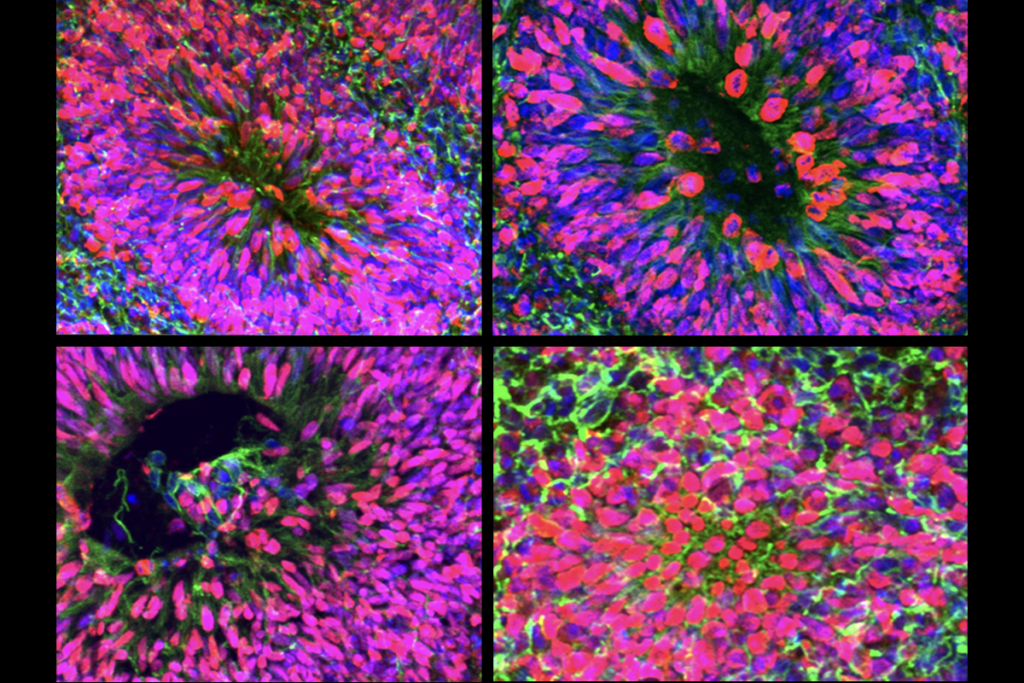
New organoid atlas unveils four neurodevelopmental signatures
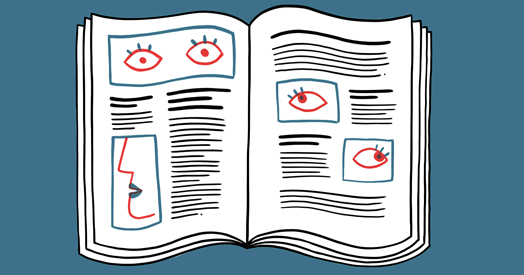
Glutamate receptors, mRNA transcripts and SYNGAP1; and more
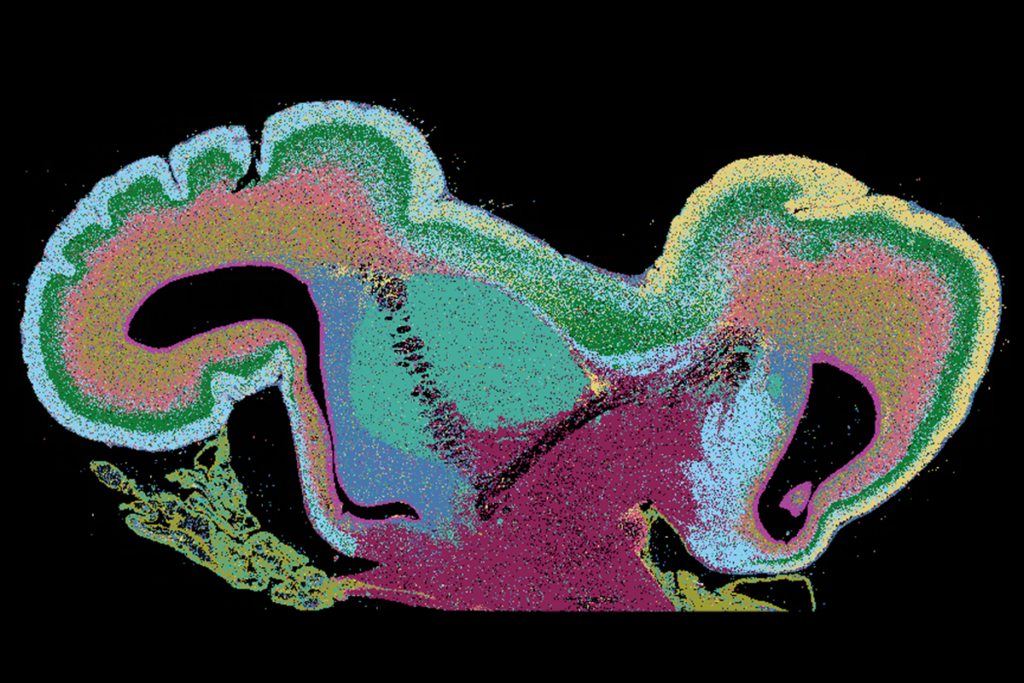
Among brain changes studied in autism, spotlight shifts to subcortex
Explore more from The Transmitter
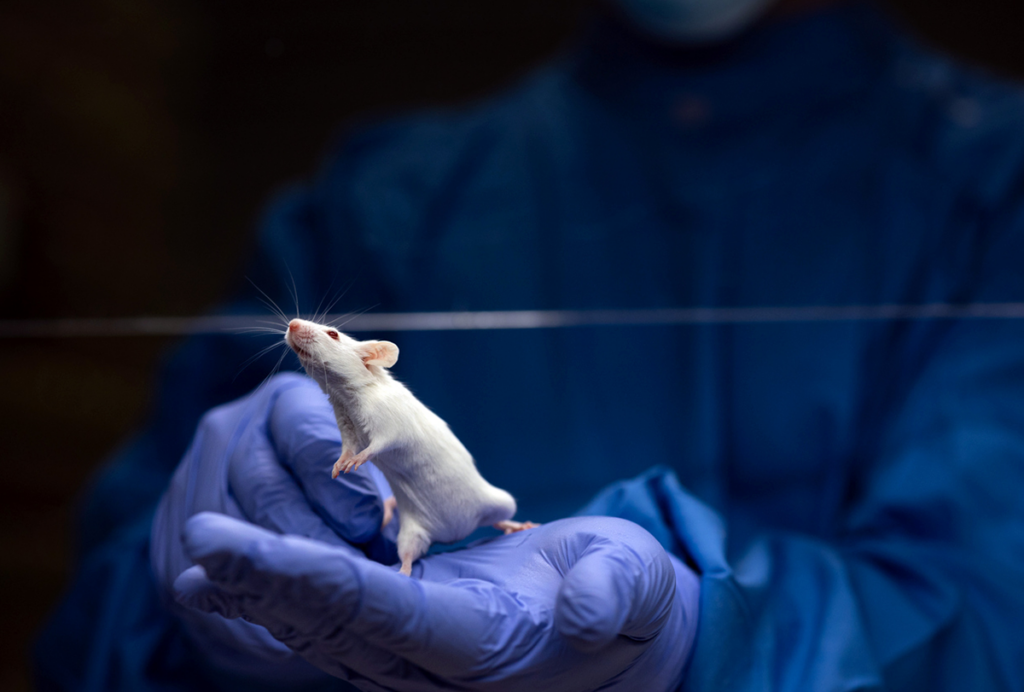
Psychedelics research in rodents has a behavior problem
Can neuroscientists decode memories solely from a map of synaptic connections?
